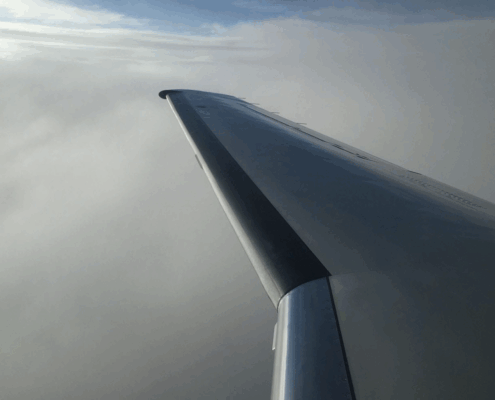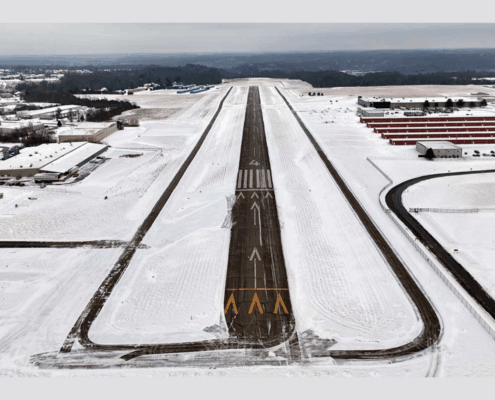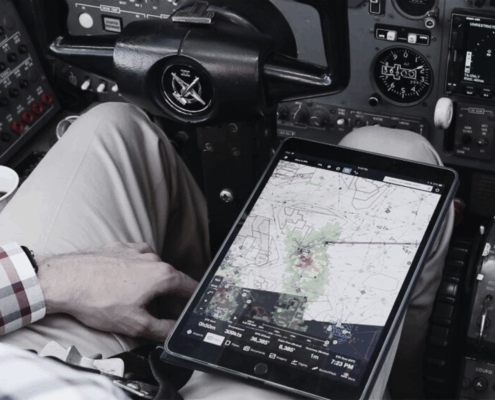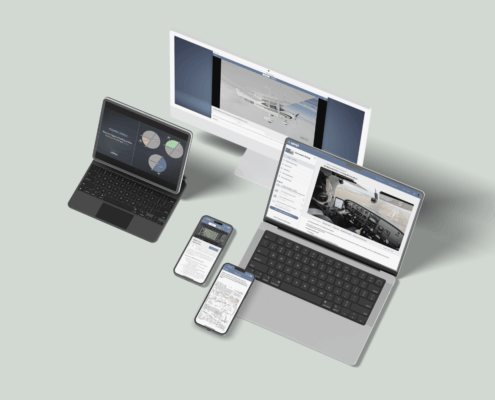
Video Tip: Understanding Ice Protection Systems
/
0 Comments
In this IFR Focus video tip, we break down the major types of ice protection found on general aviation aircraft—from classic pneumatic boots to thermal systems and weeping wings—and explain the critical distinction between anti-ice and deice. Just as important, we look at what it actually means for an airplane to be approved for flight in known icing conditions.

Winter IFR: Practical Strategies for Cold-Weather Flying
Winter brings some of the most challenging — and rewarding — IFR flying of the year. Cold, dense air offers excellent aircraft performance and crisp climb rates, and many days feature crystal-clear ceilings above a thin cloud layer. But the season also introduces hazards that demand a more disciplined approach: icing, contaminated runways, sluggish engines, and unpredictable low-level weather.

Free Webinar: Flying with the iPad as Your Digital Copilot
This free, fast-paced presentation covers a wide range of practical topics on flying with the iPad and the ForeFlight Mobile app. Led by Bret Koebbe, an active pilot and flight instructor at Sporty’s, and Editor of iPad Pilot News, this presentation explores topics applicable to pilots of all iPad experience levels.

Smarter IFR Training: Sporty’s Instrument Course Adds New Aviation Intelligence Tools
Sporty’s Instrument Rating Course now includes powerful new Aviation Intelligence (AI) tools—ChatCFI, ChatFAR, ChatDPE, and FAA Test Analysis—each designed to make IFR study smarter and more focused. These aviation-specific AI assistants help pilots connect test prep to real-world decision-making, turning study time into practical learning.

Ask the IFR Expert: What do I do when the avionics glitch?
Modern IFR panels are incredibly capable, but they’re still computers—and sometimes they glitch at the worst possible moment. When automation stumbles in IMC or during a high-workload phase, I fall back on a simple sequence: stabilize, simplify, and strategize.

Practical IFR: Off-Route Thinking
Student pilots learn, by rote, the visibility differences between…

